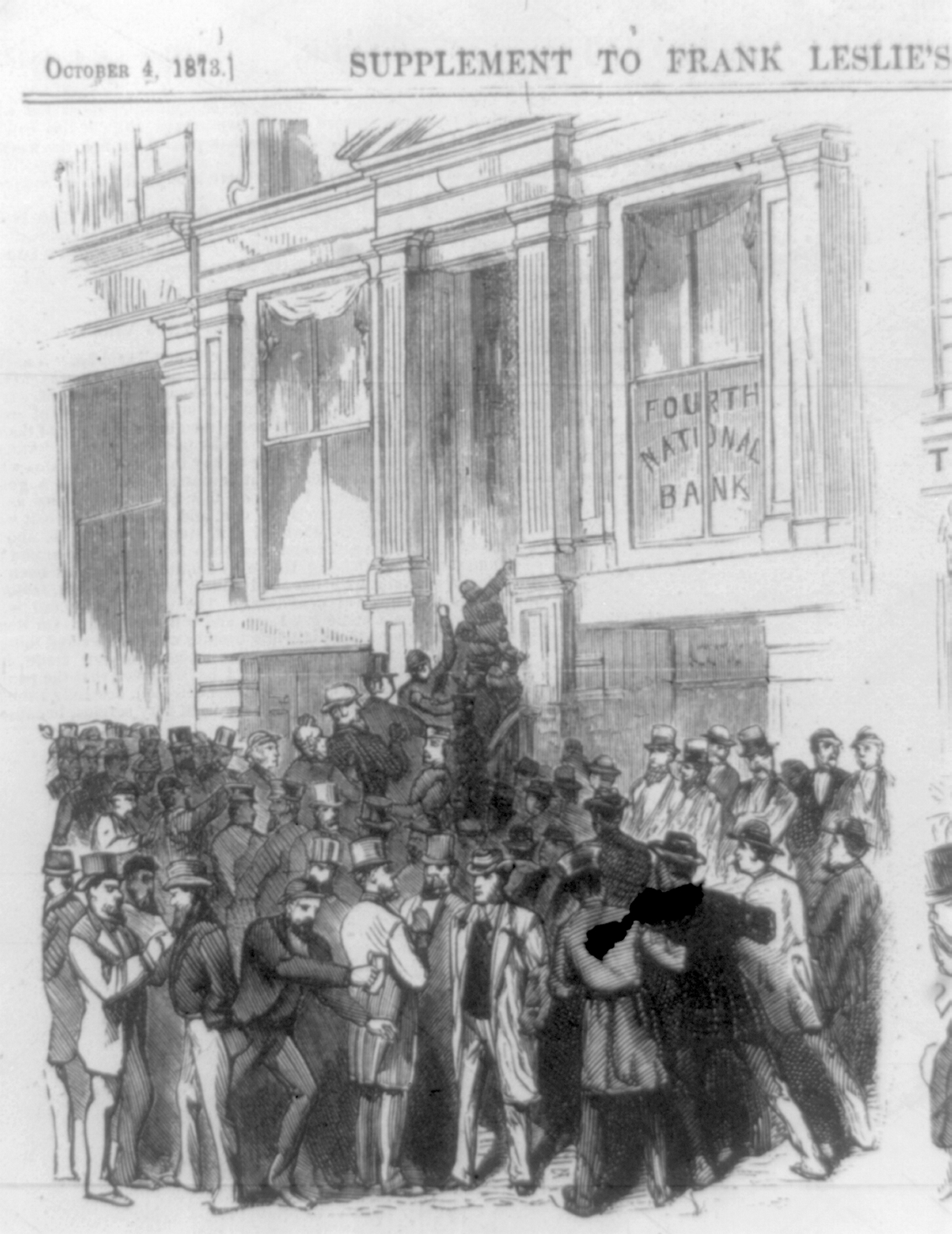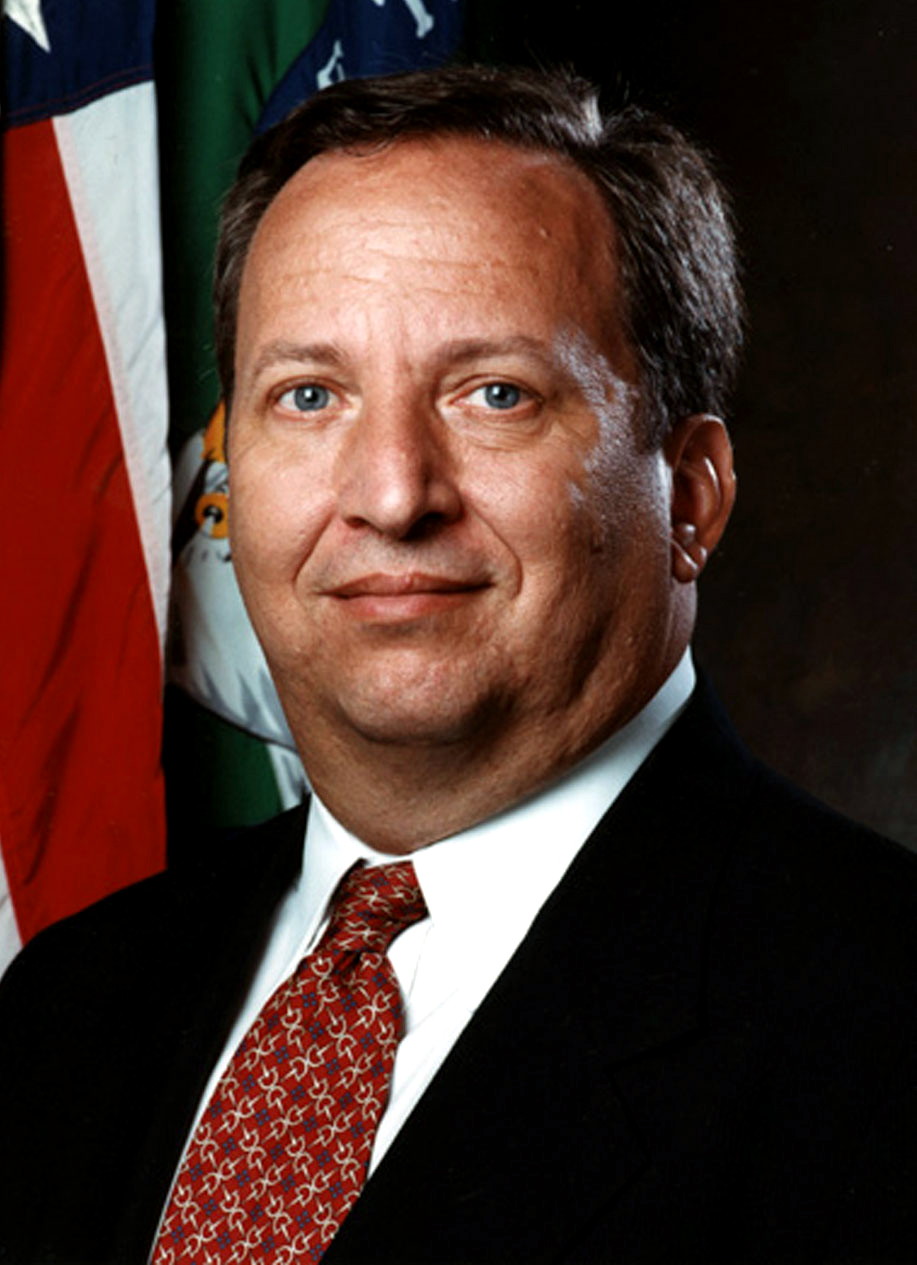|
Gibson's Paradox
Gibson's paradox is the observation that the rate of interest and the general level of prices under the gold standard are positively correlated. It is named for British economist Alfred Herbert Gibson who noted the correlation in a 1923 article for ''Banker's Magazine''. The correlation had been noted earlier by Thomas Tooke. The term was first used by John Maynard Keynes, in his 1930 work, ''A Treatise on Money''. It was believed to be a paradox because most economic theorists predicted that the correlation would be negative. Keynes commented that the observed correlation was "one of the most completely established empirical facts in the whole field of quantitative economics." The Quantity Theory of Money predicts that a slower money-growth creates slower price-rise. In addition, slower money-growth means slower growth of loanable funds and thus raises interest rates. If both these premises are true, slower money-growth should mean lower prices and higher interest rates. Howe ... [...More Info...] [...Related Items...] OR: [Wikipedia] [Google] [Baidu] |
Interest
In finance and economics, interest is payment from a debtor or deposit-taking financial institution to a lender or depositor of an amount above repayment of the principal sum (that is, the amount borrowed), at a particular rate. It is distinct from a fee which the borrower may pay to the lender or some third party. It is also distinct from dividend which is paid by a company to its shareholders (owners) from its profit (economics), profit or Reserve (accounting), reserve, but not at a particular rate decided beforehand, rather on a pro rata basis as a share in the reward gained by risk taking entrepreneurs when the revenue earned exceeds the total costs. For example, a customer would usually pay interest to debt, borrow from a bank, so they pay the bank an amount which is more than the amount they borrowed; or a customer may earn interest on their savings, and so they may withdraw more than they originally deposited. In the case of savings, the customer is the lender, and the ban ... [...More Info...] [...Related Items...] OR: [Wikipedia] [Google] [Baidu] |
Long Depression
The Long Depression was a worldwide price and economic recession, beginning in Panic of 1873, 1873 and running either through March 1879, or 1899, depending on the metrics used. It was most severe in Europe and the United States, which had been experiencing strong economic growth fueled by the Second Industrial Revolution in the decade following the American Civil War. The episode was labeled the "Great Depression" at the time, and it held that designation until the Great Depression of the 1930s. Though it marked a period of general deflation and recession, a general contraction, it did not have the severe economic retrogression of the later Great Depression. The United Kingdom was the hardest hit; during this period it lost some of its large industrial lead over the economies of continental Europe. While it was occurring, the view was prominent that the British economy had been in continuous depression from 1873 to as late as 1896 and some texts refer to the period as the Great ... [...More Info...] [...Related Items...] OR: [Wikipedia] [Google] [Baidu] |
Monetary Economics
Monetary economics is the branch of economics that studies the different theories of money: it provides a framework for analyzing money and considers its functions (as medium of exchange, store of value, and unit of account), and it considers how money can gain acceptance purely because of its convenience as a Public good (economics), public good. The discipline has historically prefigured, and remains integrally linked to, macroeconomics. This branch also examines the effects of monetary systems, including regulation of money and associated financial institutions and international aspects. Modern analysis has attempted to provide microfoundations for the demand for money and to distinguish valid nominal value, nominal and real monetary relationships for micro or macro uses, including their influence on the aggregate demand for output. Its methods include deriving and testing the implications of money as a substitute for other assets and as based on explicit frictions. History I ... [...More Info...] [...Related Items...] OR: [Wikipedia] [Google] [Baidu] |
Lawrence Summers
Lawrence Henry Summers (born November 30, 1954) is an American economist who served as United States Secretary of the Treasury from 1999 to 2001 and as the director of the National Economic Council from 2009 to 2010. He also served as president of Harvard University from 2001 to 2006,"Historical Facts" Harvard University, retrieved March 31, 2017 where he is the Charles W. Eliot University Professor and director of the Mossavar-Rahmani Center for Business and Government at .Summers, Lawrence H. and John A. Haig [...More Info...] [...Related Items...] OR: [Wikipedia] [Google] [Baidu] |
Macmillan Publishers
Macmillan Publishers (occasionally known as the Macmillan Group; formally Macmillan Publishers Ltd in the United Kingdom and Macmillan Publishing Group, LLC in the United States) is a British publishing company traditionally considered to be one of the Big Five (publishers), "Big Five" English language publishers (along with Penguin Random House, Hachette Book Group USA, Hachette, HarperCollins and Simon & Schuster). Founded in London in 1843 by Scottish brothers Daniel MacMillan, Daniel and Alexander MacMillan (publisher), Alexander MacMillan, the firm soon established itself as a leading publisher in Britain. It published two of the best-known works of Victorian-era children's literature, Lewis Carroll's ''Alice's Adventures in Wonderland'' (1865) and Rudyard Kipling's ''The Jungle Book'' (1894). Former Prime Minister of the United Kingdom, Harold Macmillan, grandson of co-founder Daniel, was chairman of the company from 1964 until his death in December 1986. Since 1999, Macmi ... [...More Info...] [...Related Items...] OR: [Wikipedia] [Google] [Baidu] |
Wholesale Price Index
The wholesale price index (WPI) is the price of a representative basket of wholesale goods. The WPI is published by the Economic Adviser in the Ministry of Commerce and Industry. The Wholesale Price Index focuses on the price of goods traded between corporations, rather than the goods bought by consumers, which is measured by the Consumer Price Index. The purpose of the WPI is to monitor price movements that reflect supply and demand in industry, manufacturing and construction. This helps in analyzing both macroeconomic and microeconomic conditions. Some countries (like the Philippines) use WPI changes as a central measure of inflation. But now India has adopted new CPI to measure inflation. However, United States now report a producer price index (PPI) instead. It also influences stock and fixed price markets. Calculation The wholesale price index (WPI) is based on the wholesale price of a few relevant commodities of over 240 commodities available. The commodities chos ... [...More Info...] [...Related Items...] OR: [Wikipedia] [Google] [Baidu] |
Gold Standard
A gold standard is a backed currency, monetary system in which the standard economics, economic unit of account is based on a fixed quantity of gold. The gold standard was the basis for the international monetary system from the 1870s to the early 1920s, and from the late 1920s to 1932 as well as from 1944 until 1971 when the United States unilaterally terminated convertibility of the US dollar to gold, effectively ending the Bretton Woods system. Many states nonetheless hold substantial gold reserves. Historically, the silver standard and bimetallism have been more common than the gold standard. The shift to an international monetary system based on a gold standard reflected accident, network externalities, and path dependence. Great Britain accidentally adopted a ''de facto'' gold standard in 1717 when Isaac Newton, then-master of the Royal Mint, set the exchange rate of silver to gold too low, thus causing silver coins to go out of circulation. As Great Britain became the w ... [...More Info...] [...Related Items...] OR: [Wikipedia] [Google] [Baidu] |
Alfred Marshall
Alfred Marshall (26 July 1842 – 13 July 1924) was an English economist and one of the most influential economists of his time. His book ''Principles of Economics (Marshall), Principles of Economics'' (1890) was the dominant economic textbook in England for many years, and brought the ideas of supply and demand, marginal utility, and costs of production into a coherent whole, popularizing the modern Neoclassical economics, neoclassical approach which dominates microeconomics to this day. As a result, he is known as the father of scientific economics. Life and career Marshall was born at Bermondsey in London, the second son of William Marshall (1812–1901), a clerk and cashier at the Bank of England, and Rebecca (1817–1878), daughter of butcher Thomas Oliver, from whom, on her mother's death, she inherited property. Marshall had two brothers and two sisters; a cousin was the economist Ralph George Hawtrey, Ralph Hawtrey. The Marshalls were a West Country clergy, clerical f ... [...More Info...] [...Related Items...] OR: [Wikipedia] [Google] [Baidu] |
Paradox
A paradox is a logically self-contradictory statement or a statement that runs contrary to one's expectation. It is a statement that, despite apparently valid reasoning from true or apparently true premises, leads to a seemingly self-contradictory or a logically unacceptable conclusion. A paradox usually involves contradictory-yet-interrelated elements that exist simultaneously and persist over time. They result in "persistent contradiction between interdependent elements" leading to a lasting "unity of opposites". In logic, many paradoxes exist that are known to be invalid arguments, yet are nevertheless valuable in promoting critical thinking, while other paradoxes have revealed errors in definitions that were assumed to be rigorous, and have caused axioms of mathematics and logic to be re-examined. One example is Russell's paradox, which questions whether a "list of all lists that do not contain themselves" would include itself and showed that attempts to found set theory on ... [...More Info...] [...Related Items...] OR: [Wikipedia] [Google] [Baidu] |
Price Level
The general price level is a hypothetical measure of overall prices for some set of goods and services (the consumer basket), in an economy or monetary union during a given interval (generally one day), normalized relative to some base set. Typically, the general price level is approximated with a daily price ''index'', normally the Daily CPI. The general price level can change more than once per day during hyperinflation. Theoretical foundation The classical dichotomy is the assumption that there is a relatively clean distinction between overall increases or decreases in prices and underlying, “nominal” economic variables. Thus, if prices ''overall'' increase or decrease, it is assumed that this change can be decomposed as follows: Given a set C of goods and services, the total value of transactions in C at time t is :\sum_ (p_\cdot q_)=\sum_ P_t\cdot p'_)\cdot q_P_t\cdot \sum_ (p'_\cdot q_) where :q_\, represents the quantity of c at time t :p_\, represents the ... [...More Info...] [...Related Items...] OR: [Wikipedia] [Google] [Baidu] |
Loanable Funds
In economics, the loanable funds doctrine is a theory of the market interest rate. According to this approach, the interest rate is determined by the demand for and supply of loanable funds. The term ''loanable funds'' includes all forms of credit, such as loans, bonds, or savings deposits. History The loanable funds doctrine was formulated in the 1930s by British economist Dennis Robertson and Swedish economist Bertil Ohlin. However, Ohlin attributed its origin to Swedish economist Knut Wicksell and the Stockholm school, which included economists Erik Lindahl and Gunnar Myrdal. Basic features The loanable funds doctrine extends the classical theory, which determined the interest rate solely by saving and investment, in that it adds bank credit. The total amount of credit available in an economy can exceed private saving because the bank system is in a position to create credit out of thin air. Hence, the equilibrium (or market) interest rate is not only influenced by the pr ... [...More Info...] [...Related Items...] OR: [Wikipedia] [Google] [Baidu] |
Quantity Theory Of Money
The quantity theory of money (often abbreviated QTM) is a hypothesis within monetary economics which states that the general price level of goods and services is directly proportional to the amount of money in circulation (i.e., the money supply), and that the causality runs from money to prices. This implies that the theory potentially explains inflation. It originated in the 16th century and has been proclaimed the oldest surviving theory in economics. According to some, the theory was originally formulated by Renaissance mathematician Nicolaus Copernicus in 1517, whereas others mention Martín de Azpilcueta and Jean Bodin as independent originators of the theory. It has later been discussed and developed by several prominent thinkers and economists including John Locke, David Hume, Irving Fisher and Alfred Marshall. Milton Friedman made a restatement of the theory in 1956 and made it into a cornerstone of monetarist thinking. The theory is often stated in terms of the equat ... [...More Info...] [...Related Items...] OR: [Wikipedia] [Google] [Baidu] |




